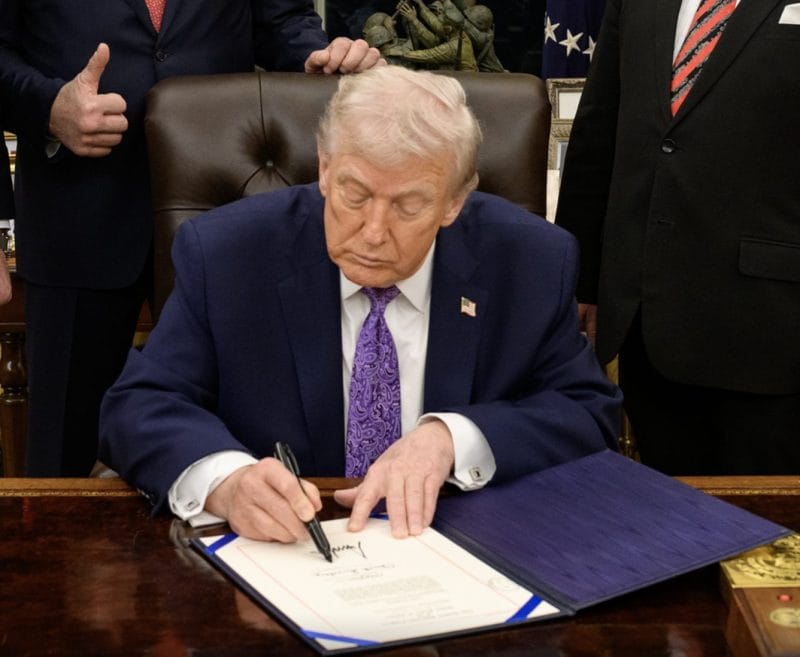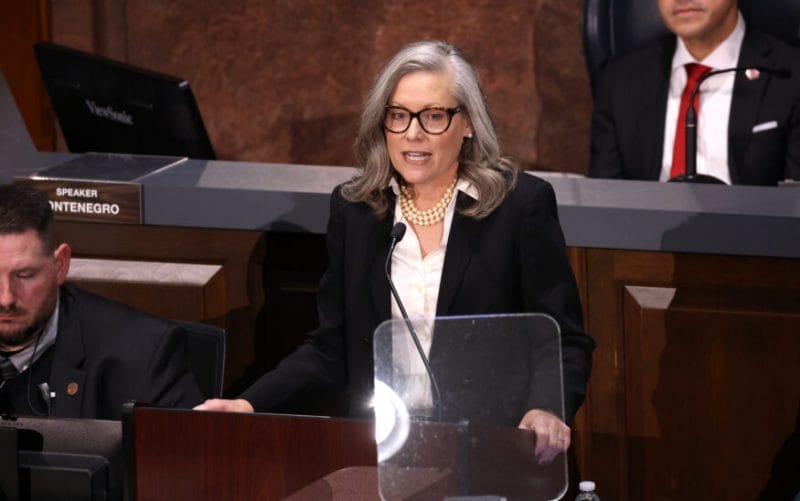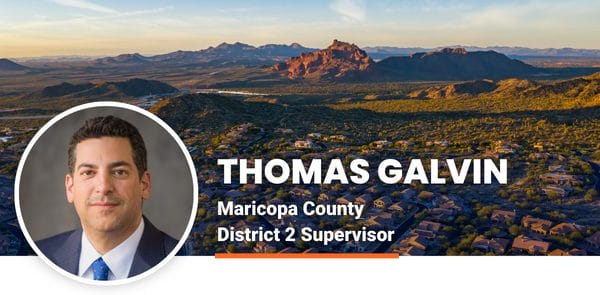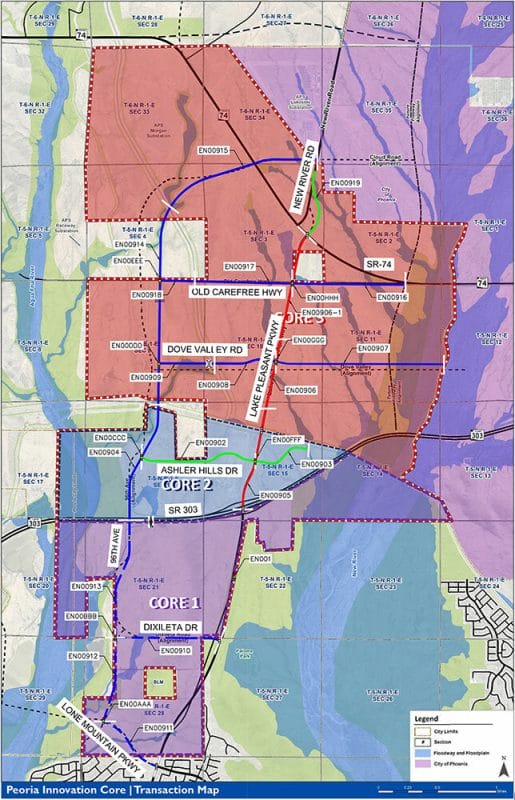 By Michael Puttre | Solaer Industry Magazine
By Michael Puttre | Solaer Industry Magazine
Grid interconnection policies and net-energy metering are the two pillars upon which a state is most likely to build a thriving distributed generation solar sector. This is one of the conclusions of a new study conducted by the U.S. Department of Energy’s (DOE) National Renewable Energy Laboratory (NREL).
Another key finding is that the order in which a state implements solar policies has a major impact on the overall success. Examining the dynamics of “policy stacking” was a key goal of the study.
“Which policies can a state implement in what order that doesn’t break the bank?” says Elizabeth Doris, a senior project leader at NREL and a co-author of the report, which builds on her earlier research on strategic sequencing of state solar policies.
One of the problems legislators tasked with developing solar policies face is the tendency of advocates and opponents of particular measures to argue by anecdote.
If you’d like to discuss energy issues, contact Court Rich, director of Rose Law Group’s Renewable Energy Department at crich@roselawgroup.com







